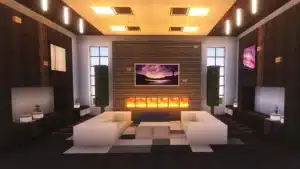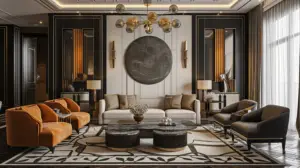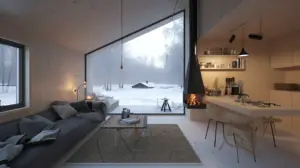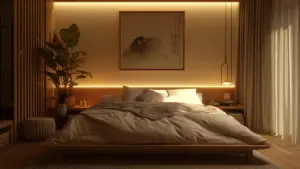Free Shipping On All Orders
Arabian Interior Design: Timeless Elegance for Modern Homes
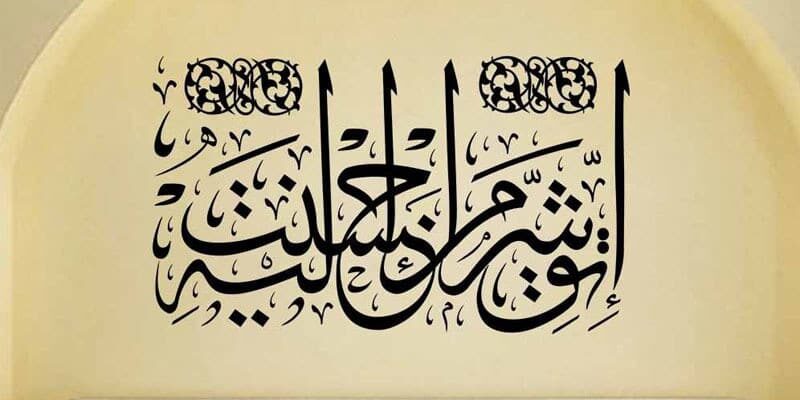
Arabian interior design evokes a sense of mystical charm and unparalleled luxury. Drawing influences from Islamic, Moroccan, and Mediterranean styles, it showcases a rich fusion of elements that captures the beauty and essence of the Arab world. Any space adorned in this style instantly becomes a haven of opulence, making a lasting impression on all who enter.
At the heart of the Arabian décor lie intricate patterns known as arabesques, symmetrical layouts, and bold colors. With its signature arched ceilings and windows, the design triumphs in creating an ambiance that is as regal as it is inviting. Tactfully combining these elements with modern adaptations, the modern Arabic interior design breathes new life into traditional concepts, while maintaining the grandeur and magic of its origins.
When stepping into an Arabian-inspired home, one can immediately sense the warm undertones of its rich color palette, ranging from deep reds and golds to muted pastels. A seamless blend of both vibrancy and elegance, this design choice ensures that every living space is bright and energetic, while maintaining a soothing, calming atmosphere – truly encapsulating the essence of Arabian interior design.
History and Philosophy of Arabian Interior Design
Dive into the captivating world of Arabian interior design, a realm rich in history and deeply rooted in culture and religion. The elaborate intricacies, fascinating architectural elements, and signature Arabic style seamlessly blend to create stunning environments that exude warmth and luxury.
Influence of Culture and Religion
Arabian interior design traces its origins back to the 7th century when Islam emerged and the first mosques were built. The strong Islamic presence greatly influenced the design language, incorporating intricate calligraphy and arabesque motifs. The vibrant colors and textiles of local cultures also played a significant role in shaping this distinctive style.
The design philosophy of Arabian interiors emphasizes balance, harmony, and respect for cultural and religious sensibilities. It integrates the use of geometric patterns and natural elements, creating a sense of spiritual connection and tranquility within the space.
Architecture and Design Elements
Arabian architecture greatly contributes to the interior design style, and vice versa. Key features include arches, domes, courtyards, and intricate detailing. These elements imbue a sense of grandeur and opulence while maintaining symmetry and order.
In terms of design elements, traditional Arabian interiors extensively employ:
- Calligraphy: Artful representation of Arabic script, often used as wall decorations and on furniture
- Arabesque motifs: Geometric patterns featuring stylized floral and foliate shapes
- Colorful tiles: Vividly hued ceramic tiles, often arranged in complex mosaics
- Rugs and carpets: Handwoven textiles with intricate patterns and rich colors
- Pillows and cushions: Plush seating with elaborate embroidery
- Wooden furniture: Carved, inlaid or painted with intricate designs
By incorporating these elements, Arabian interior design marries the historical, cultural, and spiritual aspects to create inviting, opulent spaces.
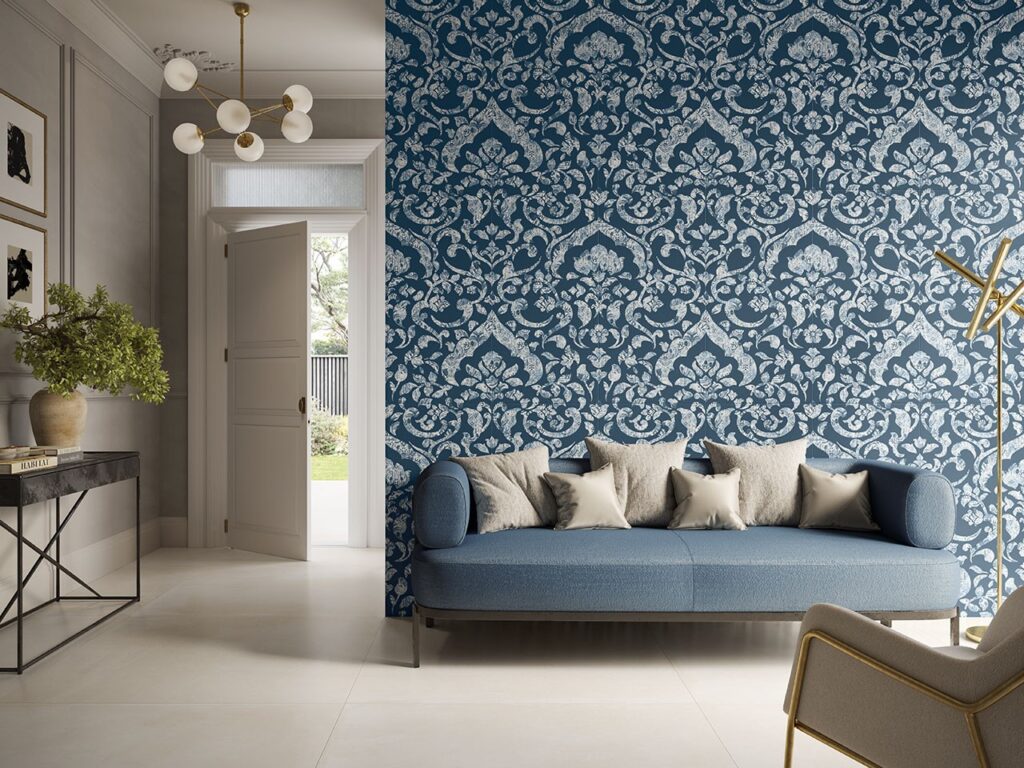
by Imperceramica
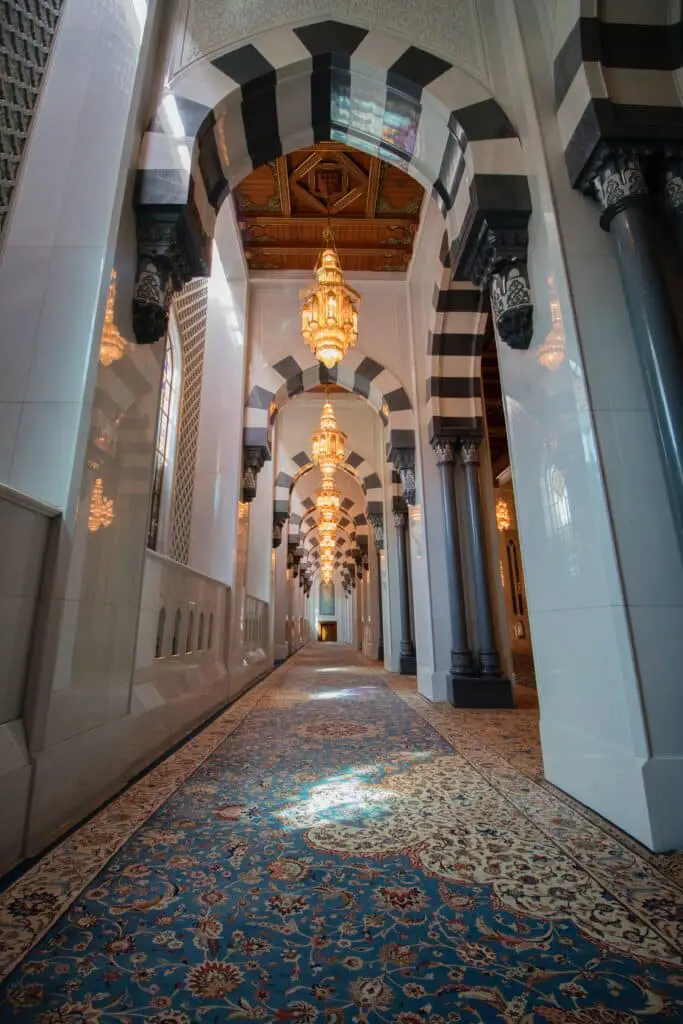
by mostafa meraji
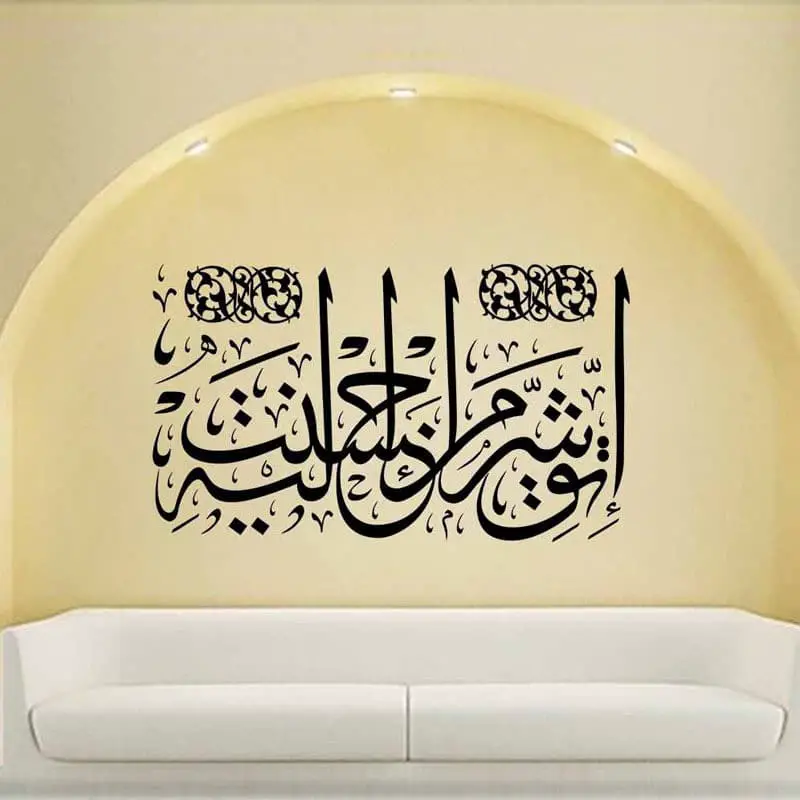
by Muhammad Hussam
Colors and Textures in Arabian Interior Design
Immerse yourself in a world of exquisite elegance and allure with the enchanting beauty of Arabian interior design. With its warm and vibrant colors, intricate geometric patterns, and luxurious fabrics, this design style transports you to an exotic oasis bursting with visual appeal. Discover the vibrant essence of Arabian design by diving into its stunning color palette and irresistible textures.
Warm and Vibrant Colors
Arabian interiors are characterized by their rich and dynamic color schemes that feature reds, oranges, yellows, and maroons. Accent details often include hints of purple, green, and blue, beautifully complementing the copper, bronze, and gold tones that bring a sense of luxury and warmth to the space. Earthy ochres, deep reds, and indulgent golds further enhance the overall atmosphere, setting the stage for a truly captivating design experience.
Geometric Patterns and Textures
A key element of Arabian design is the use of intricate geometric patterns, which are present in a variety of features like wall art, carpets, and tile designs. These patterns add depth and interest to any space while paying homage to the rich history of the region’s art and architecture. With symmetrical arrangements and mesmerizing motifs, geometric patterns are truly the hallmark of this design style.
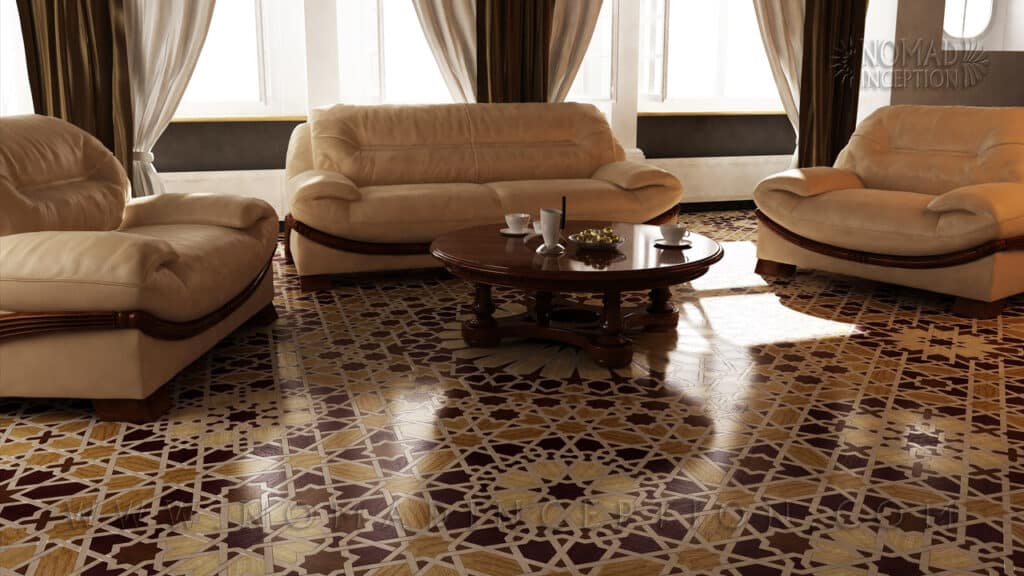
Luxury Fabrics
To elevate the senses, Arabian interiors rely on a glorious mix of opulent fabrics such as silk, velvet, and brocade. These luxurious textiles are typically adorned with intricate embroidery and embellishments, adding a touch of grandeur to every corner. From plush cushions and lavish drapery to upholstered furniture and ornate bedspreads, Arabian design showcases a sumptuous array of textiles that indulge the senses and contribute to the overall exotic ambiance.
Arabian interior design captures the remarkable charm and sophistication of a worldly aesthetic, effortlessly combining style, comfort, and culture through its enchanting colors and textures.
Arabian interior design is a mesmerizing blend of elegance, luxury, and culture. This magical style transports you to the realm of enchanting tales, where opulence and tradition meet in perfect harmony. Let’s explore the key elements in Arabian interior design that bring this unique style to life.
Key Elements in Arabian Interior Design
Furniture and Accessories
The furniture in Arabian interiors is typically made of high-quality wood, often adorned with intricate carvings and gilding. Sofas, chairs, and ottomans are covered in plush fabrics, featuring rich colors and detailed patterns. The style is completed with an assortment of accessories, including vibrant pillows, cushions, rugs, and carpets that enhance the luxurious feel of the space.
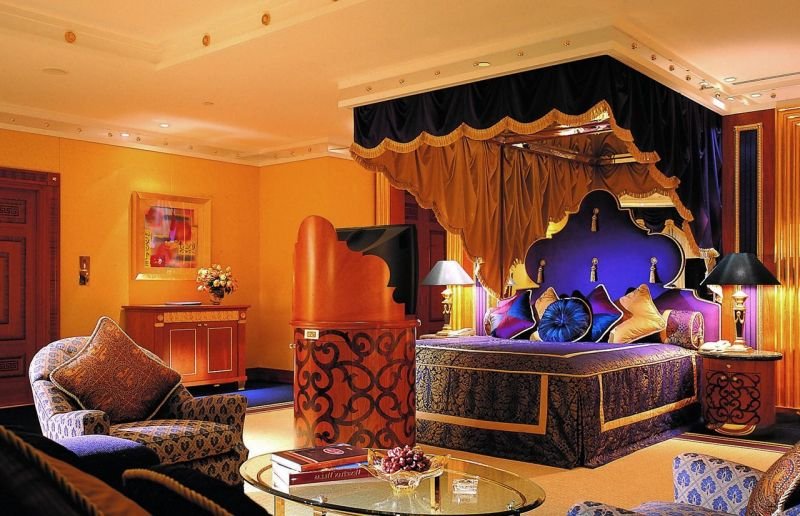
Lighting and Chandeliers
Lighting plays a crucial role in capturing the essence of Arabian design. Beautiful chandeliers, often made of brass or copper, create an atmosphere of warmth and elegance. Delicate lanterns, called fanous, are also a popular choice, emitting a soft, diffused light that adds allure to the room.
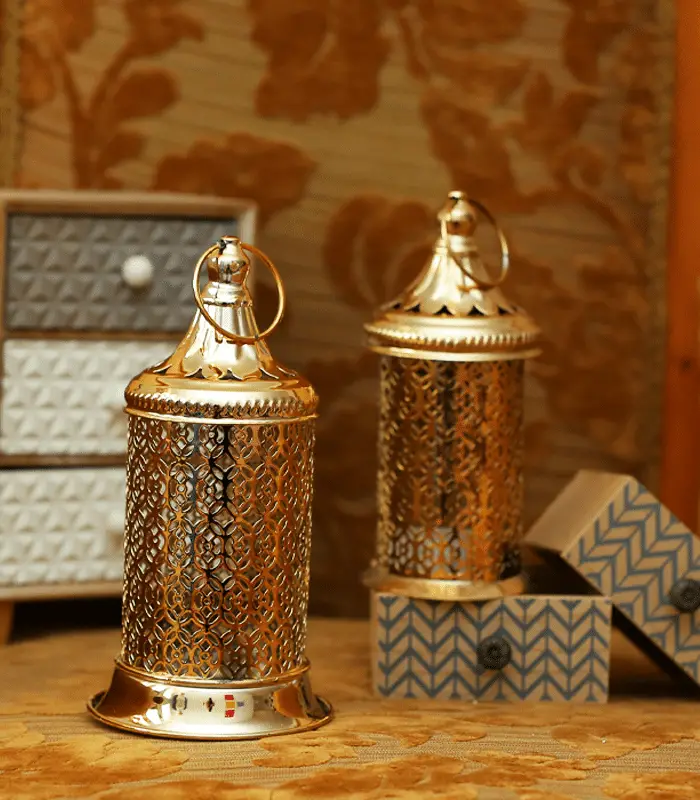
Arches, Domes, and Panels
The architectural elements in Arabian interiors are characterized by majestic arches and domes, reminiscent of the grand palaces and mosques from the region. Decorative panels on walls, shutters on windows, and room dividers are often made of carved wood and embody the intricate craftsmanship of the Arabian style.
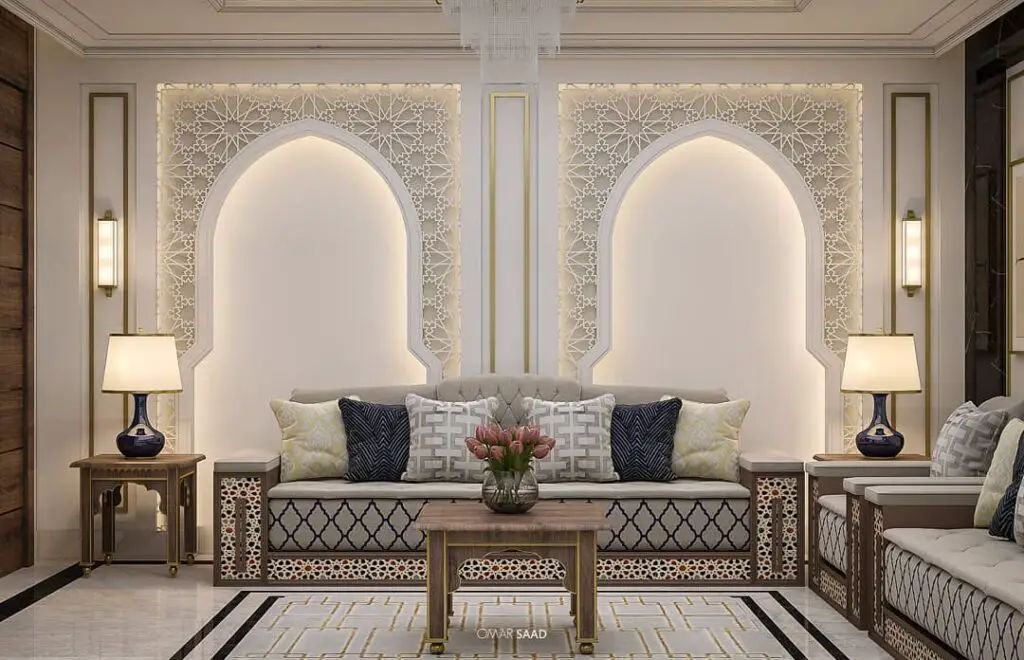
Mosaics and Calligraphy
Intricate mosaics and calligraphy are the backbone of Arabian design, adding an unmistakable touch of sophistication to any space. Geometric patterns and Islamic scripts are prominently featured in the artwork, furniture, and decorative elements, showcasing the cultural heritage and skillful craftsmanship that define this opulent design style.
From the heart of the desert to your home, Arabian interior design has a mystique and charm that brings an air of luxury, warmth, and character to any space. As you delve into this rich world of colours, patterns, and materials, you’ll find yourself drawn into an enchanting, vibrant style that has transcended centuries and cultures. Ready to explore this hidden treasure for yourself? Let’s begin by Creating an Arabian-Inspired Space in your abode.
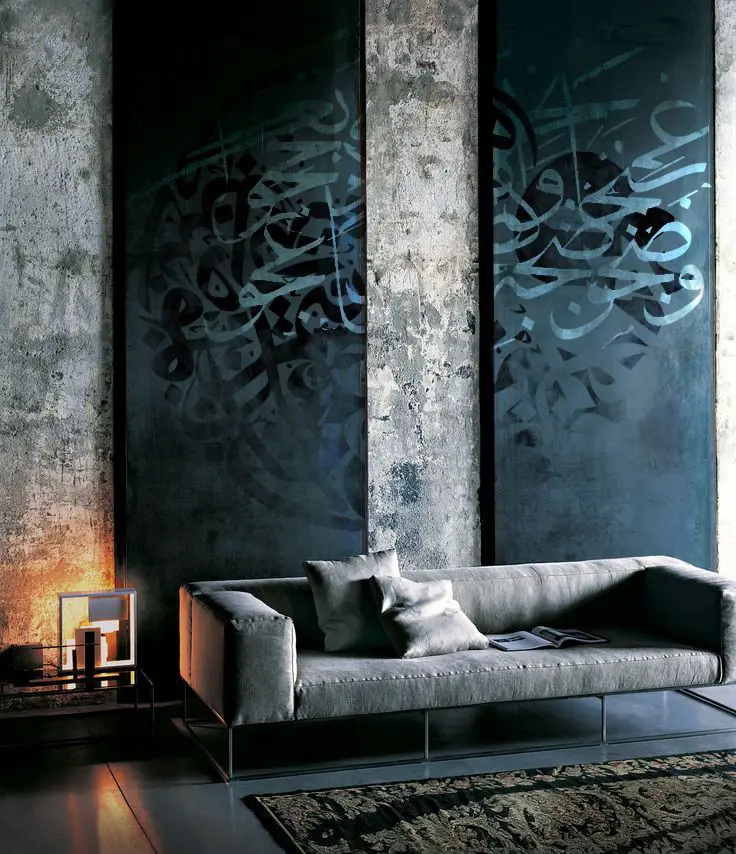
Living Room Design Tips
A crucial aspect that brings Arabian-inspired design to life is the use of upholstered furniture such as sofas and floor cushions. Arrange these in a welcoming way, creating a focal point for a gathering of friends and family. Balance the look with wooden furniture, which not only complements the upholstery but also enhances the entire setting. Colours can be anything from indigo blues, dark browns, and greens to terracotta pinks and whites.
Don’t forget the power of heavy curtains to evoke a sense of privacy and comfort. To capture the spirit of an Arabian living room, ensure that your walls and ceiling are adorned with intricate patterns and ornate designs, showcasing the rich history and mastery of Arabian artistry.
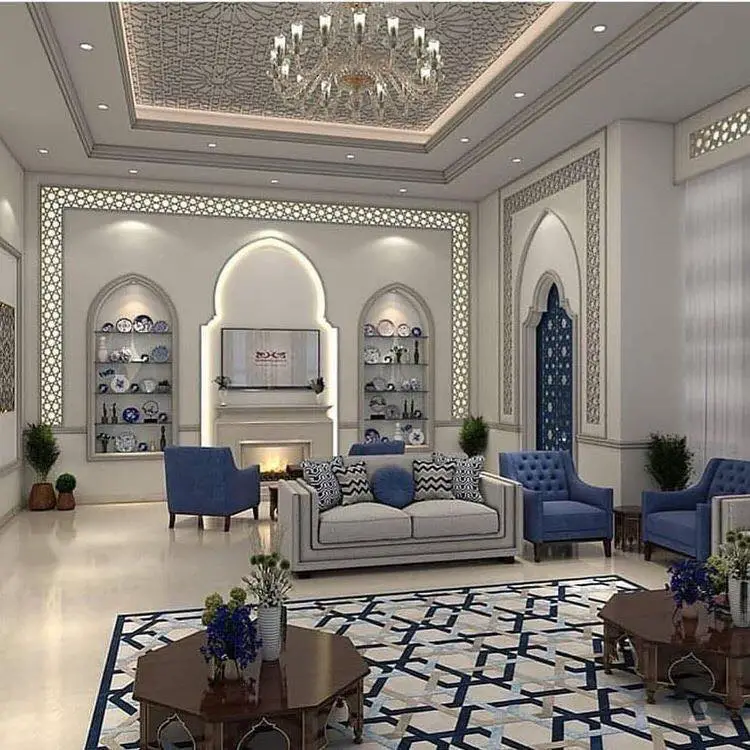
Bedroom Design Tips
In the bedroom, the bed should take center stage. Opt for a luxurious, inviting natural wood bed frame adorned with plush pillows and comfortable covers. Introduce floor cushions and upholstered furniture as additional seating options in the space.
As for colours, dark and earthy tones create a cozy and warm atmosphere. Mix these with textures and fabrics such as silks, velvets, or ornate embroidered pieces for a true Arabian-inspired experience.
Incorporating Arabian Elements in Modern Interiors
While Arabian interior design can be associated with opulence and luxury, it is entirely possible to incorporate it in a more modern, contemporary setting. Focus on subtle touches, such as incorporating Arabian patterns on accent walls or using vibrant pops of colour from Arabian textiles.
Adding living plants is another way to breathe in some life into an Arabian-themed space, especially when combined with the exquisite wooden furniture and ceiling details that are iconic of the style. Ultimately, the key to creating a modern Arabian-inspired space is to strike the right balance between tradition and contemporary appeal, so that your living area becomes an artistic expression of two worlds in harmony.
Arabian interior design captures the essence of a lifestyle rooted in history, culture, and a distinct approach to comfort and luxury. In residential spaces, this design philosophy transforms rooms into inviting retreats that evoke a sense of mystery, opulence, and a feeling of being transported to a world that is both enchanting and authentic. In this alluring world, every detail, color, and pattern serves a purpose, creating a truly immersive and unforgettable experience.
Arabian Interior Design in Residential Spaces
Adapting to Different Styles and Preferences
Arabian interior design seamlessly merges traditional elements with modern touches to cater to varying styles and preferences. While classic Arabian interiors are known for their rich fabrics, ornate carvings, and intricate geometric patterns, contemporary design focuses on simplicity and function. This delicate balance allows homeowners to personalize their spaces with a combination of key elements such as the use of deep, warm colors, unique accessories, and luxurious upholstery – all with a touch of Middle Eastern flair. The art of Arabian design lies in harmonizing these elements and adapting them to suit individual tastes.
Cultural Influences in Arabian Residential Design
The cultural influences in Arabian residential design are deeply rooted in tradition and reflect the opulent lifestyle of the region. At the heart of this design philosophy are vibrant colors, intricate patterns, and rich materials, which together evoke a sense of grandeur and sophistication. Some key features of Arabian interiors are:
- Geometric patterns: Seen in wall decorations, flooring and accessories, these intricate designs are a hallmark of Arabian style, drawing on the region’s rich history of Islamic art.
- Inlays and jugs: Inlaid wood and metalwork, along with ornately crafted jugs, offer a touch of splendor and craftsmanship to any space.
- Upholstery, painting, and accessories: Luxurious fabrics in vibrant colors and patterns are essential for creating an authentic Arabian atmosphere in residential spaces. Artworks and accessories, including elegant lanterns and rugs, further enhance the aesthetic appeal of these captivating interiors.
- Colours: Traditional Arabian interiors play heavily on warm, earthy tones like terracotta, deep reds, and gold. These rich hues create a cozy, inviting atmosphere while simultaneously exuding a sense of luxury.
By incorporating these cultural influences and design elements, Arabian interior design in residential spaces transports homeowners and their guests to a world of enchantment, wonder, and unparalleled comfort.
Frequently Asked Questions
What colors are used in Arabian interior design?
Arabian interior design uses rich tones of the warm spectrum, such as gold, red, and orange, as well as deep blues and greens.
What are the key elements of modern
Arabic interior design?
Clean, straight lines, bespoke furniture, and organized space layout are key elements of modern Arabic interior design.
How can I create an Arabian style living room?
To create an Arabian style living room, one can add a luxurious chandelier, hang down some Arabian curtain design, use gold shades in furnishings, and indulge in maximalist furnishings and decoration.
If you liked this post about arabian interior design, don’t forget to follow us on Pinterest so you don’t miss any more interior design news!


